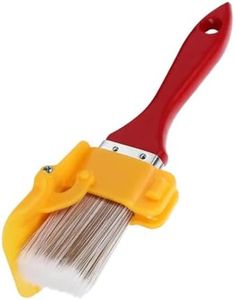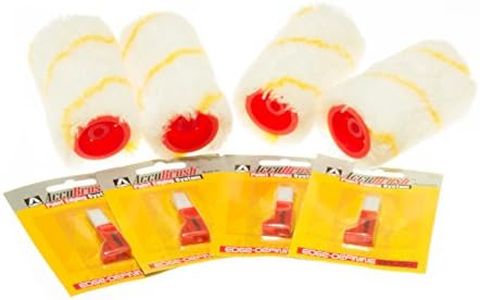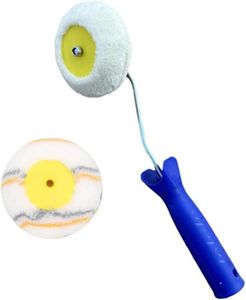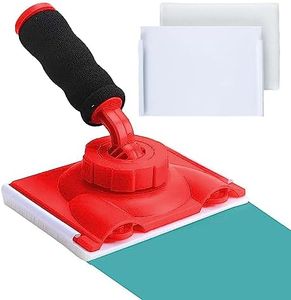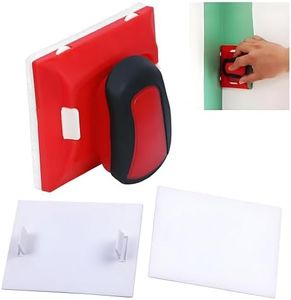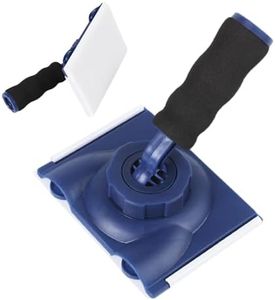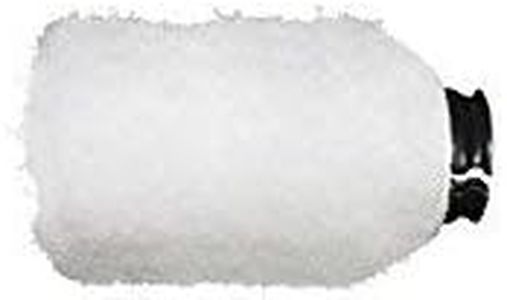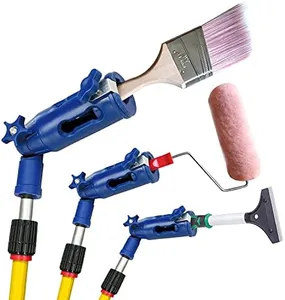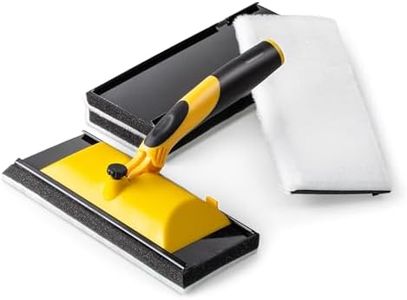We Use CookiesWe use cookies to enhance the security, performance,
functionality and for analytical and promotional activities. By continuing to browse this site you
are agreeing to our privacy policy
10 Best Paint Edgers
From leading brands and best sellers available on the web.Buying Guide for the Best Paint Edgers
Choosing the right paint edger can make your painting projects much neater and save you a lot of time. Paint edgers are designed to help you create clean, straight lines along edges such as trims, ceilings, and corners, so you don’t need to spend hours taping or worry about accidentally painting outside the lines. When shopping for a paint edger, it’s important to consider how and where you plan to use it, as different designs and features work best for different tasks and types of paint jobs.Edge Guide TypeThe edge guide is the part of the tool that protects the surfaces you don’t want to get paint on, such as trim or baseboards. Some paint edgers have built-in plastic shields, while others use small wheels or pads that glide along the edge. Shields are great for wide, flat surfaces and can be very effective for large, straight edges, while wheel or pad guides offer more flexibility in reaching into corners and working on detailed areas. Think about where you'll be painting most often—wide, open walls or detailed trim work—when deciding which guide style suits you best.
Pad Material and SizePad material affects how well the edger holds and distributes paint. Most pads are made of synthetic materials designed to give you smooth, even coverage and to resist dripping. Larger pads cover more area quickly and are best for broad, straight runs, while smaller or angled pads offer more control for detailed edges and corners. Consider the types of edges you'll be painting and whether you want speed or precision—choose a larger pad for long straight lines and a smaller, dexterous one for intricate spaces.
Handle Design and ComfortThe handle is important because you’ll be gripping it for as long as you work. Some edgers have short, ergonomic handles meant for close control, while others are designed to attach to extension poles for reaching higher spots like ceilings. If you have a lot of high or low edges to paint, a pole-compatible edger may be more comfortable and safer. For detailed work or lower areas, a compact handle that fits well in your hand can help you move with more accuracy and less fatigue.
Ease of Cleaning and MaintenancePainting can get messy, and edgers need to be cleaned after every use. Some models are easier to dismantle and wash, with removable pads or washable shields, while others are more complicated and might trap paint in crevices. If you plan to use your paint edger often or want it to last, pick one designed for easy cleaning—check if the components can be taken apart and washed without hassle so you can keep your tool in good working shape.
Compatibility with Paint TypesNot all edgers handle every kind of paint equally. Some are best with water-based paints, while others can work with thicker or oil-based paints. If you know what kind of paint you'll be using, check if the edger is recommended for that type—using the wrong type might cause streaking or make cleaning harder. If you work with a variety of paints, look for an edger that's described as versatile or all-purpose.

